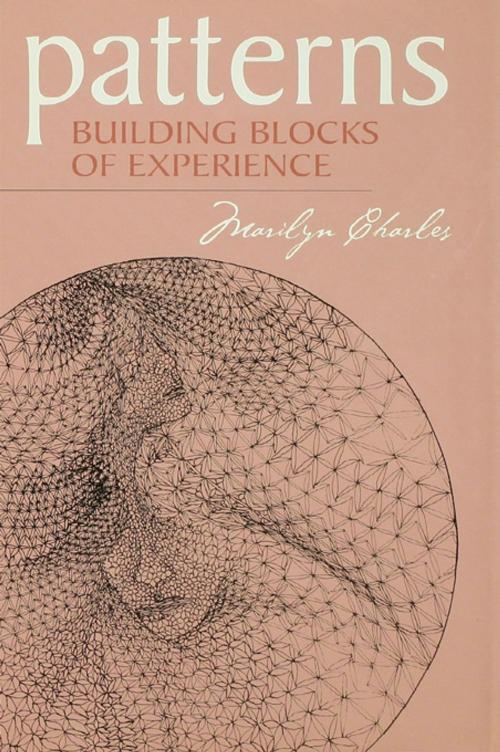Patterns
Building Blocks of Experience
Nonfiction, Health & Well Being, Psychology, Applied Psychology, Psychotherapy| Author: | Marilyn Charles | ISBN: | 9781134909094 |
| Publisher: | Taylor and Francis | Publication: | June 17, 2013 |
| Imprint: | Routledge | Language: | English |
| Author: | Marilyn Charles |
| ISBN: | 9781134909094 |
| Publisher: | Taylor and Francis |
| Publication: | June 17, 2013 |
| Imprint: | Routledge |
| Language: | English |
In recent years, various tributaries of psychoanalytic and developmental theory have flowed into our dawning understanding of the role of early sensory and affective experiences in the construction of our personal worlds. In Patterns: Building Blocks of Experience, Marilyn Charles shows how such primary experiences coalesce into patterns, those essential units of meaning that capture the unique subjectivity of each individual. Frequently "known" by their prosody or affective melody, patterns come to have profound meanings that we utilize in constructing basic notions of self and other. Through pattern, Charles holds, we approach elusive meanings through dimensions of shape, contour, and affective resonance. Such patterned understandings, in turn, become a mode of interchange through which we touch one another in ways that go beyond the overtly physical.
Analytic patients, Charles finds, have often led early lives too full of "noise" to use their early sensory and affective experiences constructively. Such patients tend to live out patterns that operate unconsciously and have become literally incomprehensible. Analytic communication, by drawing explicit attention to such patterned experience, provides new images that intrude on ingrained patterns of thinking about the self and other. Out of the productive clash of analytically co-constructed images and the invariant patterns of the past emerge new conceptions of what the patient may choose to be in the present moment.
Through it all, Charles displays an admirable willingness to sit in difficult spaces and to work through troubling therapeutic impasses from the inside out, rather than from some point of ostensible safety. This finely textured and richly evocative study, which grows out of Charles' extensive clinical work with artists, writers, and musicians, is a signal contribution to developmental theory, clinical theory, and the psychology of creativity.
In recent years, various tributaries of psychoanalytic and developmental theory have flowed into our dawning understanding of the role of early sensory and affective experiences in the construction of our personal worlds. In Patterns: Building Blocks of Experience, Marilyn Charles shows how such primary experiences coalesce into patterns, those essential units of meaning that capture the unique subjectivity of each individual. Frequently "known" by their prosody or affective melody, patterns come to have profound meanings that we utilize in constructing basic notions of self and other. Through pattern, Charles holds, we approach elusive meanings through dimensions of shape, contour, and affective resonance. Such patterned understandings, in turn, become a mode of interchange through which we touch one another in ways that go beyond the overtly physical.
Analytic patients, Charles finds, have often led early lives too full of "noise" to use their early sensory and affective experiences constructively. Such patients tend to live out patterns that operate unconsciously and have become literally incomprehensible. Analytic communication, by drawing explicit attention to such patterned experience, provides new images that intrude on ingrained patterns of thinking about the self and other. Out of the productive clash of analytically co-constructed images and the invariant patterns of the past emerge new conceptions of what the patient may choose to be in the present moment.
Through it all, Charles displays an admirable willingness to sit in difficult spaces and to work through troubling therapeutic impasses from the inside out, rather than from some point of ostensible safety. This finely textured and richly evocative study, which grows out of Charles' extensive clinical work with artists, writers, and musicians, is a signal contribution to developmental theory, clinical theory, and the psychology of creativity.















